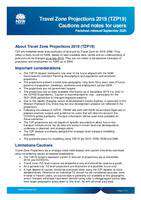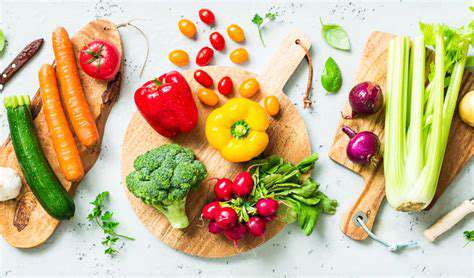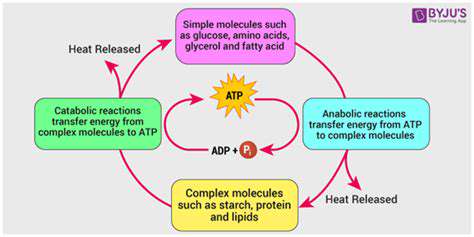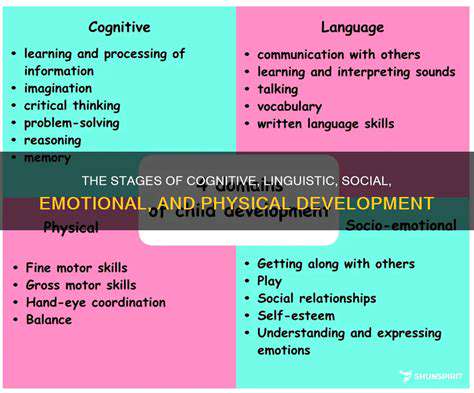Gluten Free Bread Making: Tips for Success
The Vital Role of Hydration in Gluten-Free Baking
Hydration fundamentally shapes gluten-free bread quality, directly influencing texture and bake success. The interplay between water content and flour blend creates the foundation for proper starch gelatinization - this chemical process is what gives structure to your loaf, preventing the dreaded crumbly or dense results that plague many gluten-free bakers. Mastering water ratios transforms baking from frustrating to rewarding.
Each gluten-free flour blend behaves uniquely with hydration. Through systematic testing (I recommend keeping detailed notes), you'll discover how your specific ingredients respond. This hands-on approach yields dual benefits: customized recipes for your preferred texture and deeper ingredient intuition that elevates all your baking projects.
How Water Transforms Gluten-Free Dough
Without gluten's elastic network, gluten-free flours rely entirely on proper hydration for structure. Water activates starches to create the cohesive crumb texture we crave. The hydration level determines whether you'll achieve bakery-worthy results or disappointing crumbs.
Absorption rates vary dramatically across flour types - almond flour drinks up moisture while rice flour needs less. This variability makes following recipe specifics essential, though expect to make small adjustments based on your kitchen's humidity and altitude.
Mastering Gluten-Free Dough Consistency
The perfect hydration balance feels like a smooth, pliable clay - neither sticking to your fingers nor cracking at the edges. Over-hydration creates frustrating stickiness while under-hydration yields dry, tough results. With practice, you'll develop the tactile knowledge to judge hydration by touch alone.
Key Factors Affecting Water Needs
Beyond flour type, consider these hydration influencers:- Water temperature (warm accelerates absorption)- Added gums (xanthan/guar increase water retention)- Mixing time (longer develops better hydration)- Altitude (higher elevations require adjustments)
Practical Hydration Testing Methods
Start with 10% less water than recipes suggest, then gradually add teaspoons until achieving ideal consistency. For precision:1. Weigh all ingredients (especially water)2. Mix thoroughly before assessing3. Let dough rest 5 minutes before final evaluation4. Adjust in tiny increments
Texture Outcomes by Hydration Level
Controlled experiments reveal:- 70% hydration: Dense, rustic crumb- 80% hydration: Balanced texture- 90% hydration: Open, moist crumb
Solving Common Hydration Issues
For sticky dough: Sprinkle rice flour while kneadingFor dry dough: Mist with water and knead gentlyRemember: Small adjustments create big improvements in final texture
Elevating Your Gluten-Free Bread with Flavorful Additions
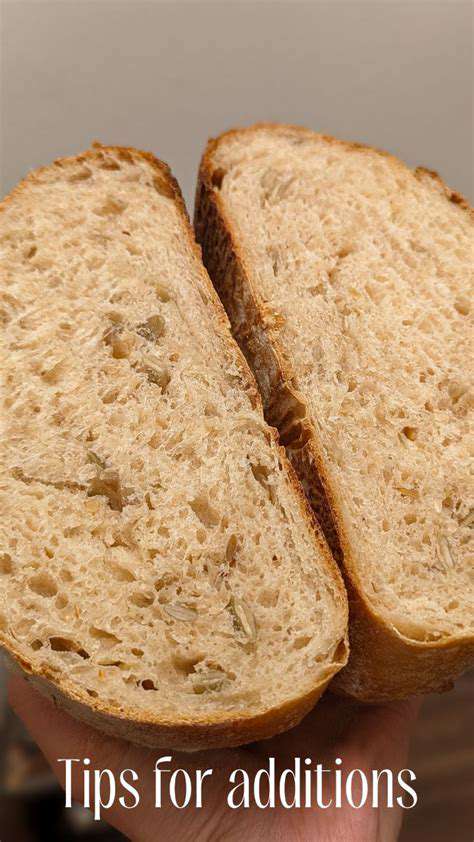
Crafting Complex Flavor Profiles
Transform basic gluten-free bread into a culinary experience with thoughtful add-ins. Toasted pumpkin seeds add satisfying crunch while sun-dried tomatoes impart umami depth. Flavor pairing principles work beautifully here - try these combinations:- Rosemary + caramelized onions- Cinnamon + chopped dates- Garlic + aged cheddar
Fresh herbs make remarkable differences. Basil chiffonade or thyme sprigs folded into dough create aromatic breads that compete with traditional bakeries. For best results, add fresh herbs just before final mixing.
Engineering Superior Texture
The holy trinity of gluten-free texture: tapioca (springiness), rice (structure), and potato (moisture retention). Combining these in proper ratios creates bread that fools gluten-eaters. For extra crisp crusts, brush with olive oil before baking.
Hydration adjustments become crucial when adding mix-ins. Dried fruits may require reduced water, while fresh vegetables might need increased hydration. Always test dough consistency after additions.
Innovative Ingredient Incorporation
Push creative boundaries with:- Roasted garlic puree- Olive tapenade swirls- Everything bagel seasoning crustsThese transform bread from side dish to centerpiece.
Precision Baking Techniques
Oven thermometers are non-negotiable - 25°F variations ruin gluten-free bread. For even baking:- Rotate pans halfway- Use light-colored metal pans- Tent with foil if over-browning
Flour Blend Mastery
Exceptional blends balance:- Protein content (nut flours)- Starch properties (arrowroot)- Fiber (coconut flour)Blend in small batches and test before large projects
Baking Strategies for a Perfect Loaf: Temperature and Time
Conquering Oven Variability
Oven hotspots create uneven baking. Combat this by:- Placing loaves center-rack- Using baking stones- Checking calibration monthly
Doneness Testing Methods
Beyond toothpick tests:- Internal temperature (190-205°F)- Hollow sound when tapped- Clean pull-away from pan edges
Humidity Control Techniques
For moist crumb:- Steam pans in first 10 minutes- Brush with butter post-bake- Cool in turned-off oven with door ajar
Flour-Specific Baking Adjustments
High-protein flours (quinoa, chickpea):- Reduce temp 25°F- Increase bake time 5-10 minutes
Shape and Structure Optimization
For better rise:- Preheat pans- Score tops deeply- Use proofing baskets
Perfect Preheating Protocol
1. Heat 30+ minutes2. Verify with thermometer3. Account for door openings



